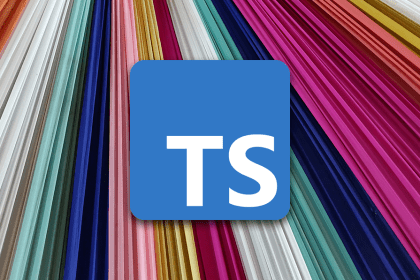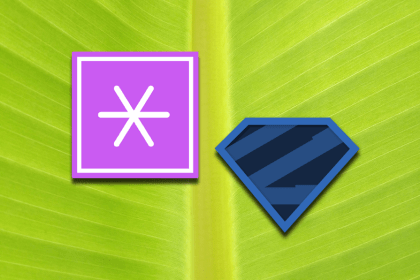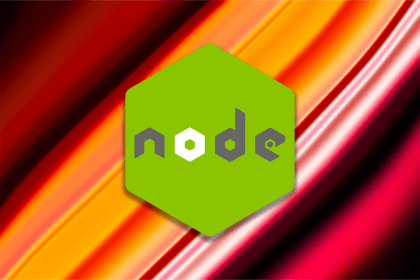
Learn about open-source and free email editors that streamline template creation, and then check out how to test them.

infer in TypeScriptThe infer keyword and conditional typing in TypeScript allow us to take a type and isolate it for later use. Learn more here.

Hina Kharbey talks about how the roles of a mentor versus a coach differ, as well as the situations that work best for having each one.

This guide provides a foundational understanding of Redux and why you should use it for state management in a React app.

Inertia.js enables you to build SPAs with a traditional backend framework and a modern JavaScript frontend with server-side routing.

Here, we define interaction design (IxD), examine some IxD patterns, emphasize its importance in the broader realm of UX design, and more.

Learn about semicolon injection, array keys, primitive properties, type coercion, function hoisting, and null as object.

Explore performance and features of VineJS and Zod for schema validation, with comparisons to other libraries like Yup.

As the name alludes to, the way you frame a product significantly changes the way your audience receives it.

Node.js v22.5.0 introduced a native SQLite module, which is is similar to what other JavaScript runtimes like Deno and Bun already have.

Brad Ferringo talks about how he helped develop modern “earconography” — sound language that creates context-driven audio notifications.

Understanding and supporting pinch, text, and browser zoom significantly enhances the user experience. Let’s explore a few ways to do so.